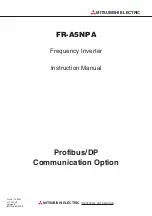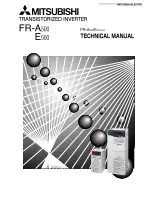
Mach-DSP User’s Manual
Document Number: MACH-DSP-9021
Page 25
www.ScannerMAX.com
5.0 Servo Overview
The servo class, servo configuration and servo tuning all play a role in determining the
speed and accuracy of an overall scanning system. This chapter describes the ways in
which the Mach-DSP may be configured to drive a scanner, as well as the overall servo
architecture. Scanner tuning is covered in Chapter 10 of this manual.
5.1
Servo Class, terminology, and configurations
The Servo “Class” refers to the number of error integrators that are used within the
servo loop. A Class 0 servo is a configuration that does not have an integrator. This is
known as simple “PD” since only the Proportional and Derivative terms are used to
control the scanner.
A Class 1 servo is a configuration that involves a single integrator. This is most often
known as “PID” since Proportional, Integrator and Derivative terms are used to control
the scanner.
(There are also Class 2 servos that involve two separate integrators in the loop before
the summing node, but these are not used on galvanometer scanners. Also note that
just because a galvanometer servo driver – including Mach-DSP – uses an integrator to
convert scanner current to velocity, this doesn’t mean that it is a separate integrator for
the purposes of “classification”.)
Note that the word “PID” may actually be more of a euphemism than a definitive
description of what is actually happening inside the servo loop. Indeed, modern
galvanometer servo drivers more commonly implement servo configurations such as
PIV, or PI+ as well as PDF, rather than a true PID as shown in servo textbooks or
described on Wikipedia. All of these are different ways of configuring the scanner’s
position error signal (proportional), the scanner’s velocity (derivative) and an integration
of the scanner’s position signal (integral) to drive a power amplifier and move the mirror
in response to a command input. Since PIV, PI+, PDF and PDFF all involve the use of
proportional, integral and derivative terms, people very often use the word “PID” as a
kind of blanket terminology.
















































